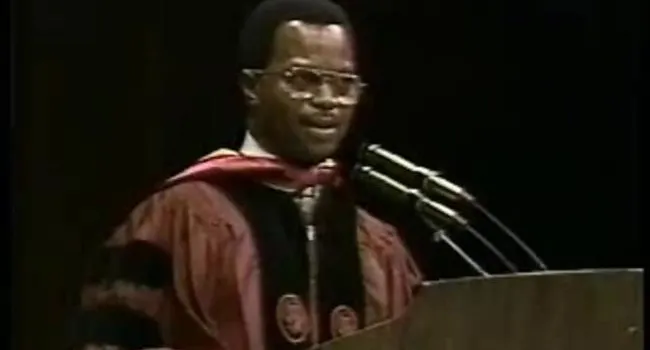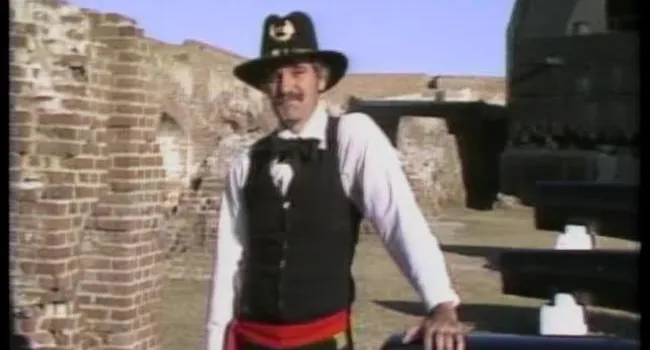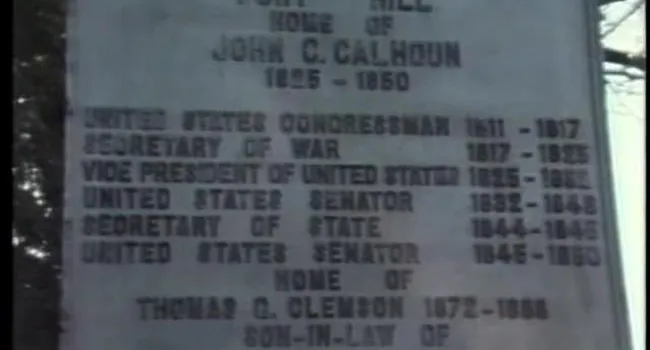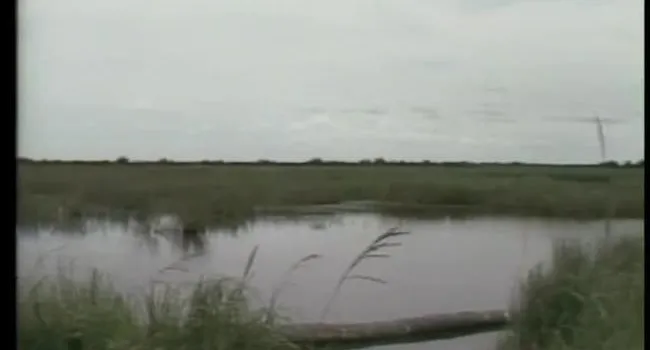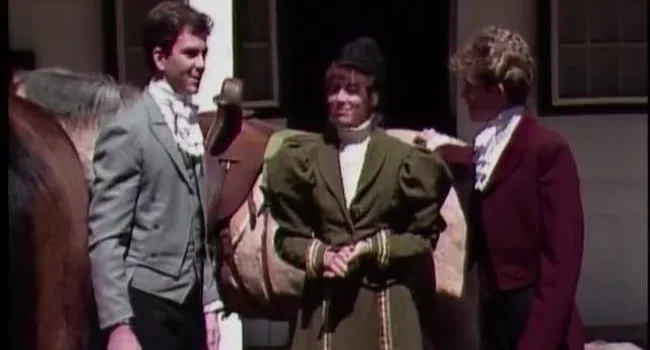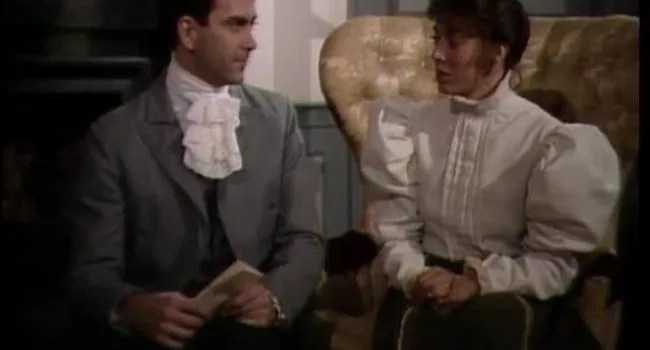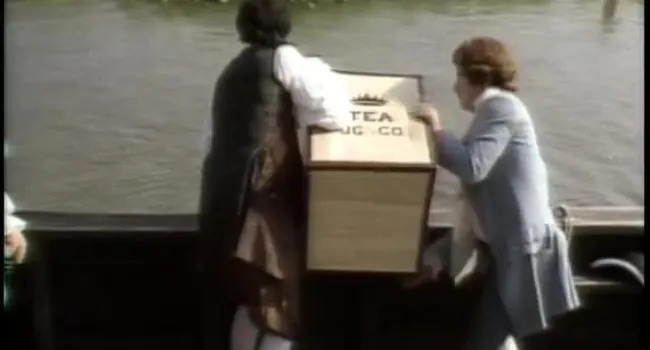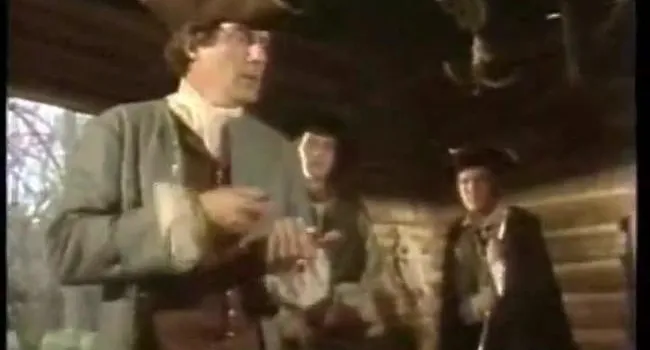REENACTMENT: The reenactment begins with Simpson, an aide to Governor Robert Johnson, lamenting the death of the Governor. Through flashbacks we see Simpson and Johnson at crucial times during the Governor's term of office. These include the battle with pirates, the end of proprietary government, the township plan, and the beginning of Royal Government. Mr. Simpson is a fictional character.
BACKGROUND: As the province of South Carolina entered its sixth decade, it was in for a number of changes and experiences. Guiding it through was an able and affable Governor, Robert Johnson. His father, Sir Nathaniel Johnson had also been governor of the province. Robert Johnson had the double distinction of being South Carolina's last proprietary governor, and following two provisional govern.ors, its first Royal Governor.
During his first term as Governor, Robert Johnson had to deal with a situation that had been rapidly getting worse in Charleston--the presence of pirates. Such notorious pirates as "Blackbeard," Stede Bonnet, and Richard Worley were playing havoc with the Carolina coast and Charleston Harbor in particular. On one occasion Johnson himself set out to capture pirate ships in the harbor. His mission proved to be successful and resulted in a large number of pirates being hanged.
Also during this period, South Carolinians felt that they were not getting proper treatment from the Proprietors. They had quarreled over rents, shipping of timbers, appointment of governors, and traffic in Indian slaves. They were bitter because the Proprietors had not helped them with their wars against the Spaniards, the French, the Indians, or the pirates. They had been left to sink or swim as best they could.
When the Assembly declared the rule of the Proprietors at an end in 1719, they asked Governor Johnson to continue in office While he shared many of their concerns, his loyalty to the Proprietors caused him to refuse and return to England It took eleven years to "settle up" between the King and the Proprietors. South Carolina then became more directly under the control of the crown--a Royal Colony. By 1729, the matters were settled and the crown appointed Robert Johnson to be the first Royal Governor
When he returned to South Carolina to assume his duties, he brought with him a plan of growth for the colony. He envisioned the establishment of eleven "townships" in the interior--all to be located on rivers This, he reasoned, would give impetus to European immigration to South Carolina. Johnson felt that the proprietor growth was needed to provide a buffer population in the interior for Charleston and to help offset the growing disparity between the black and white population.
Another hopeful project of Johnson's was the production of silk in South Carolina His family had been involved in its production for a number of years. The venture, however, as a major factor in South Carolina, never materialized.
Standards
- 3-2 The student will demonstrate an understanding of the exploration and settlement of South Carolina.









